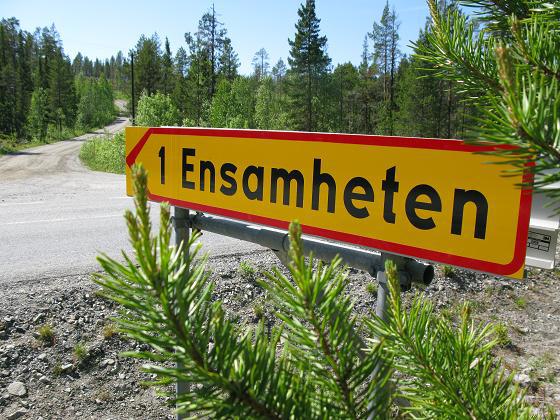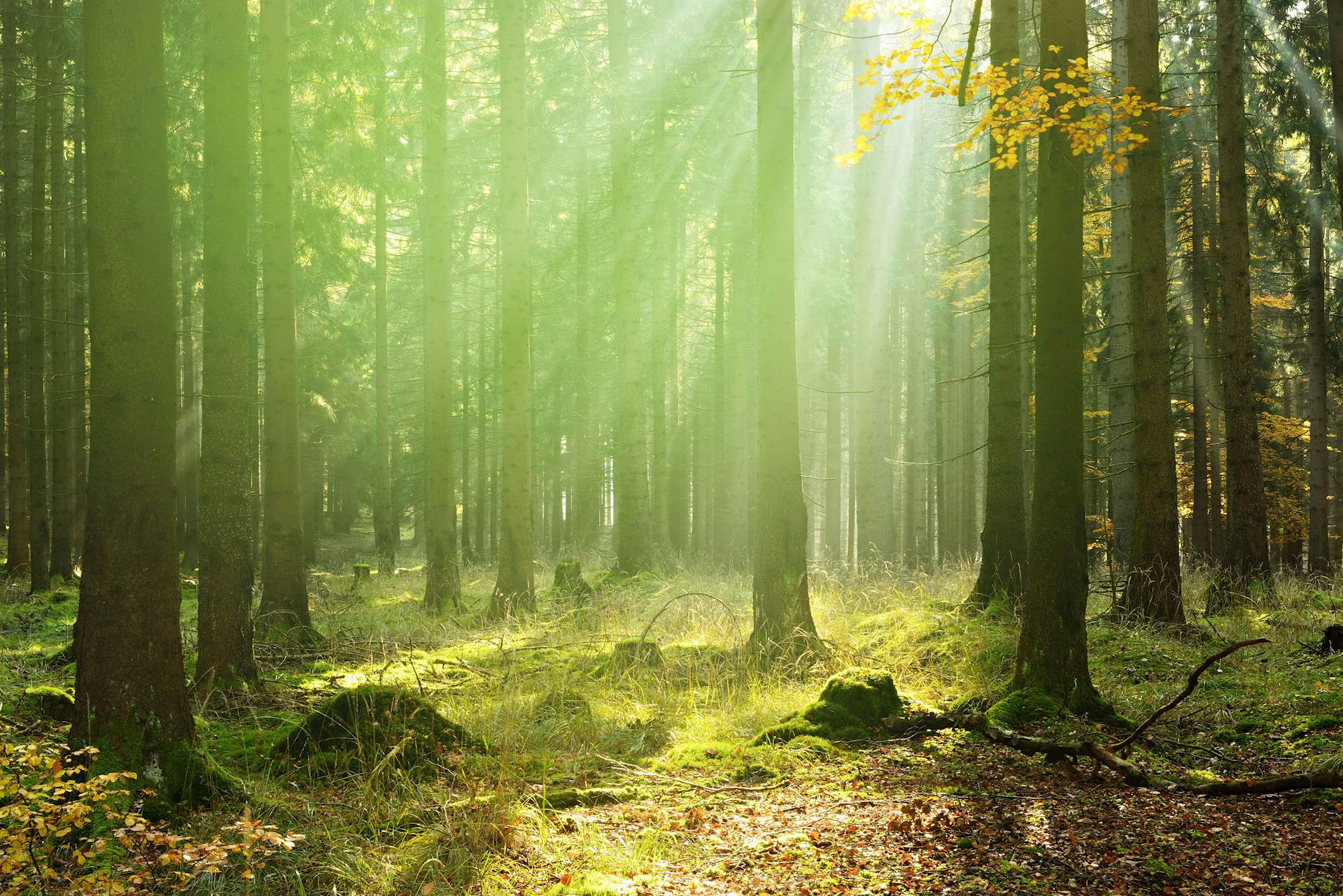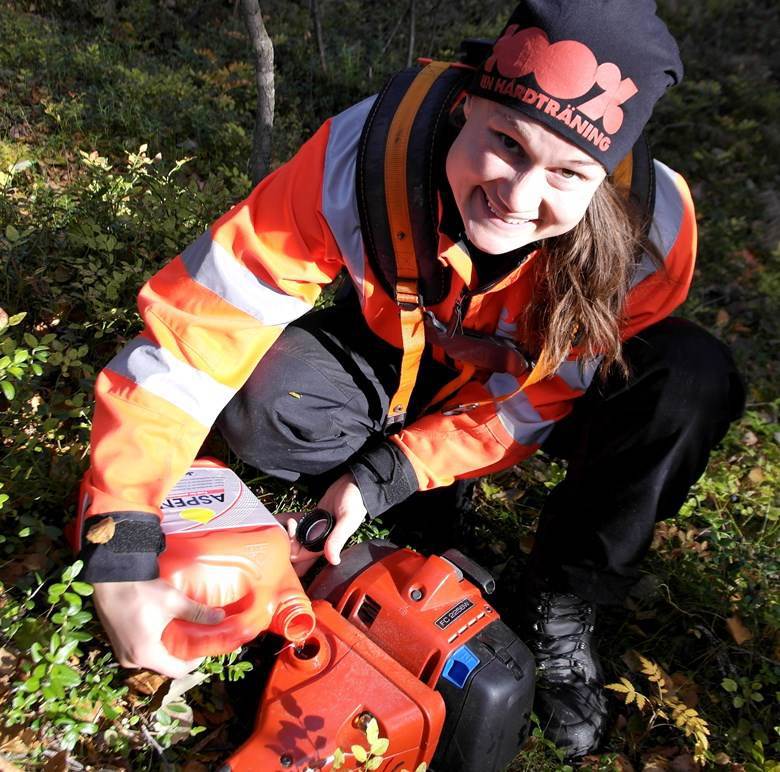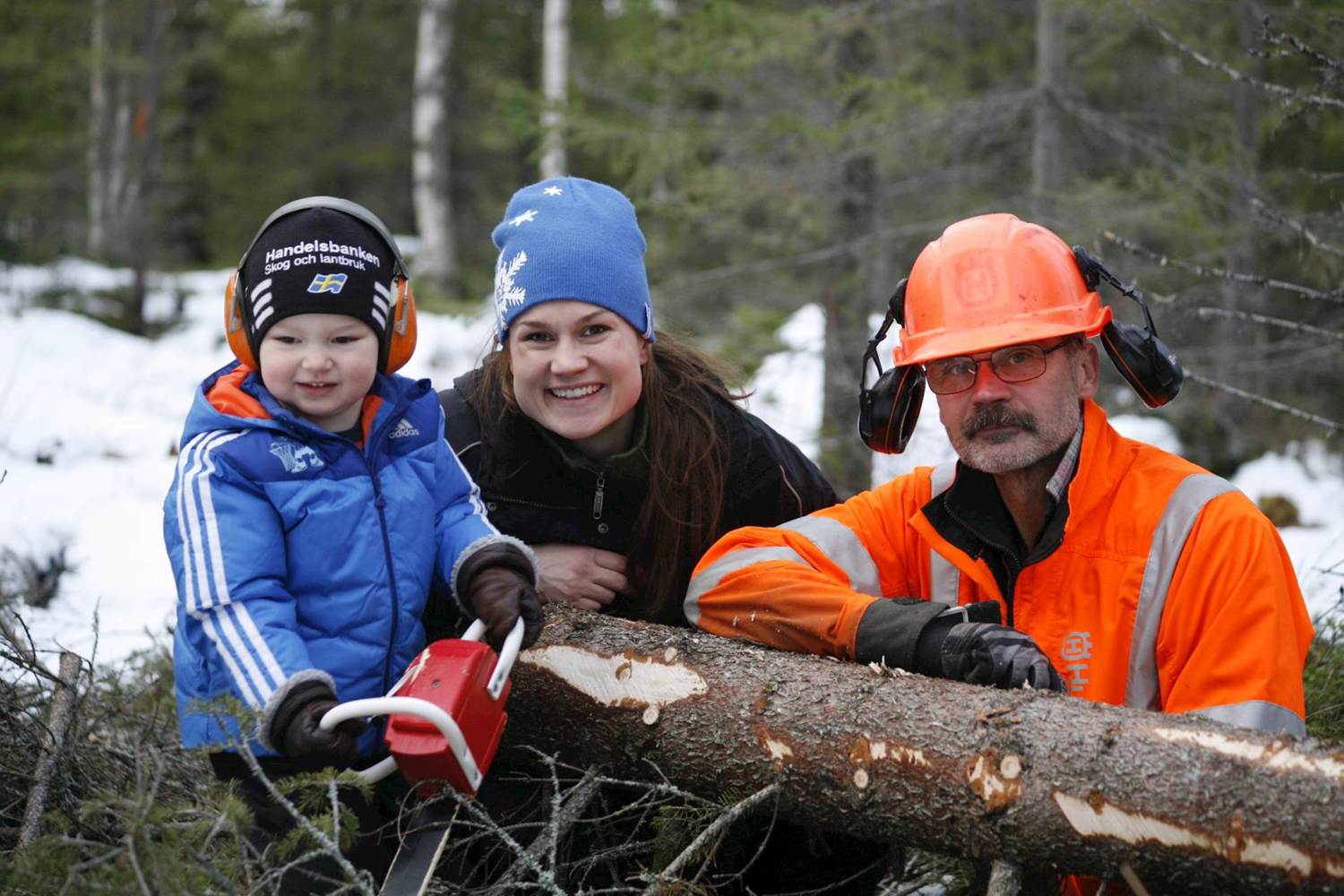Eleven-time world arm-wrestling champion and married to biathlon champion Björn Ferry. A TV personality with productions such as the children’s program Miljöhjältarna (‘The environment Heroes’) and documentary series Storuman Forever to her name –Heidi Andersson is a familiar name to most people in Sweden.
Through determination and hard work, indomitable energy and an uncompromising message: we have to change the way we live, for the sake of the planet, Andersson has captured the hearts of Sweden. Storuman Forever was an eye-opener for many Swedes, and Her and husband Ferry’s goal of a fossil fuel free life by 2025 has become a promise to the people of Sweden.
However, Andersson is more than a TV and sports personality, she is also an ardent forest lover. Forests have always played an important role in her life, and when she was awarded an honorary doctorate of Forest Sciences by the Swedish University of Agricultural Sciences, it felt like the most natural thing in the world.

Ensamheten
The little village of Ensamheten (“Loneliness”) in the far north of Sweden, is not much more than a clearing in the forest, with a few houses and other buildings. This was where Heidi Andersson grew up, and some of her relatives still live there today, including her father Kent, who has worked in the forest all his life.
“He worked for the Swedish National Forest Enterprise, before starting his own company. He’s one of the few manual wood cutters still left today", Andersson explains. “He goes where forestry machinery can’t. On land where there’s not much room or where it’s difficult to fell the trees, or spaces where it’s simply impossible to bring in machinery."





